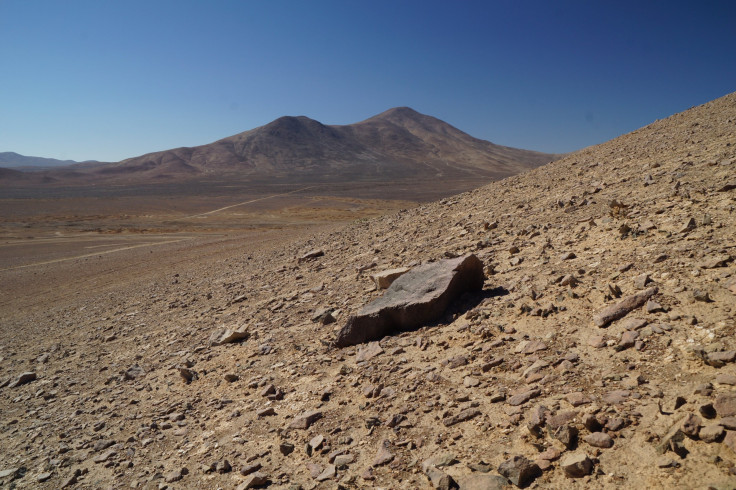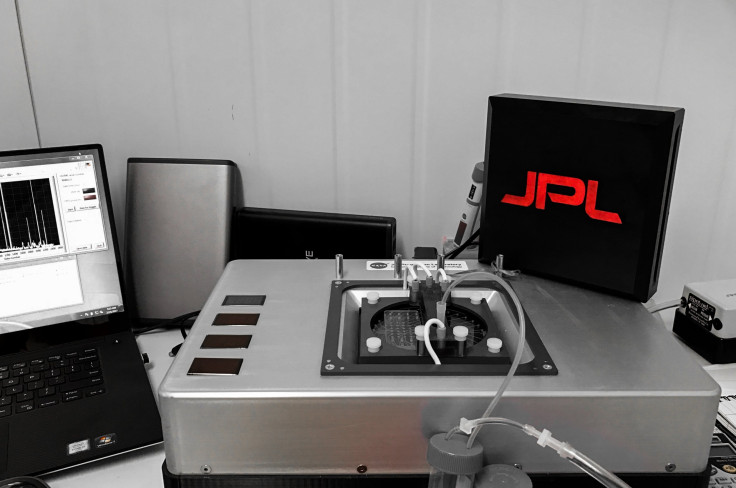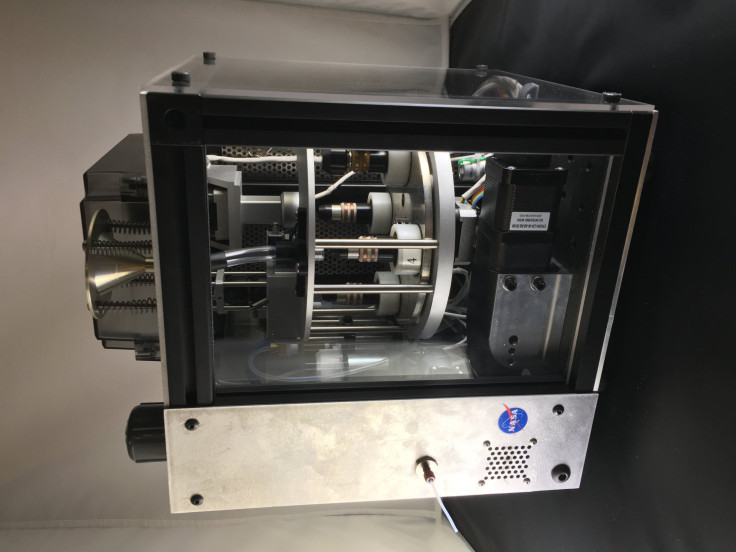How To Find Alien Life? NASA Starts With Atacama Desert In Chile

Are we, as a living planet, the only ones in the universe alive? Or does the vastness of the cosmos hide from us other alien life forms, potentially in hundreds, thousands, millions or even more? We don’t know yet, but we have been trying to find out. However, we are greatly constrained in that search by a simple limitation: we can only identify life if it exists in a form as we know it.
But even that is a challenge, given the nature of other stellar bodies even within our solar system. Life sustains itself on Earth because of the unique factors that came together to make it conducive for amino acids — the building blocks of life as we know it — to flourish. And while these amino acids are widespread in the solar system, finding them isn’t always easy, because those molecules aren’t always floating around freely.
Toward that end, scientists from NASA and other space agencies have been perfecting the technique of finding life, and its building blocks, in one of the harshest places on Earth — the Atacama desert in Chile. It is the driest non-polar desert on the planet and is very hostile to life, so only the toughest microbes survive there. The region serves as a good analog to the surface of Mars.

A team from NASA’s Jet Propulsion Laboratory (JPL) in Pasadena, California, took with it to Atacama in February a machine — a portable chemistry lab called the Chemical Laptop — it had developed to detect amino acids. And the same team has now built an add-to the Chemical Laptop that will likely make detection and analysis of amino acids easier.
This add-on is a subcritical water extractor that uses water to release the amino acids from a soil sample, because liquid-based analysis is several orders of magnitude more sensitive than gas-based methods, according to a statement on NASA’s website. The extractor first picks up a soil sample, then mixes it with water and subjects it to high temperature and pressure.

Peter Willis of JPL, the project's principal investigator, said in the Thursday statement: “The Atacama served as a proving ground to see how this technology would work on an arid planet like Mars. … At high temperatures, water has the ability to dissolve the organic compounds from the soil. Think of a tea bag: in cold water, not much happens. But when you add hot water, the tea releases an entire bouquet of molecules that gives the water a particular flavor, color and smell.”
The team is currently working on integrating the extractor and the Chemical Laptop. After conducting some tests in Atacama, the machine will also be tested in Antarctica, which will provide parallels to Europa and other oceanic bodies, where water will be plentiful.
© Copyright IBTimes 2024. All rights reserved.





















